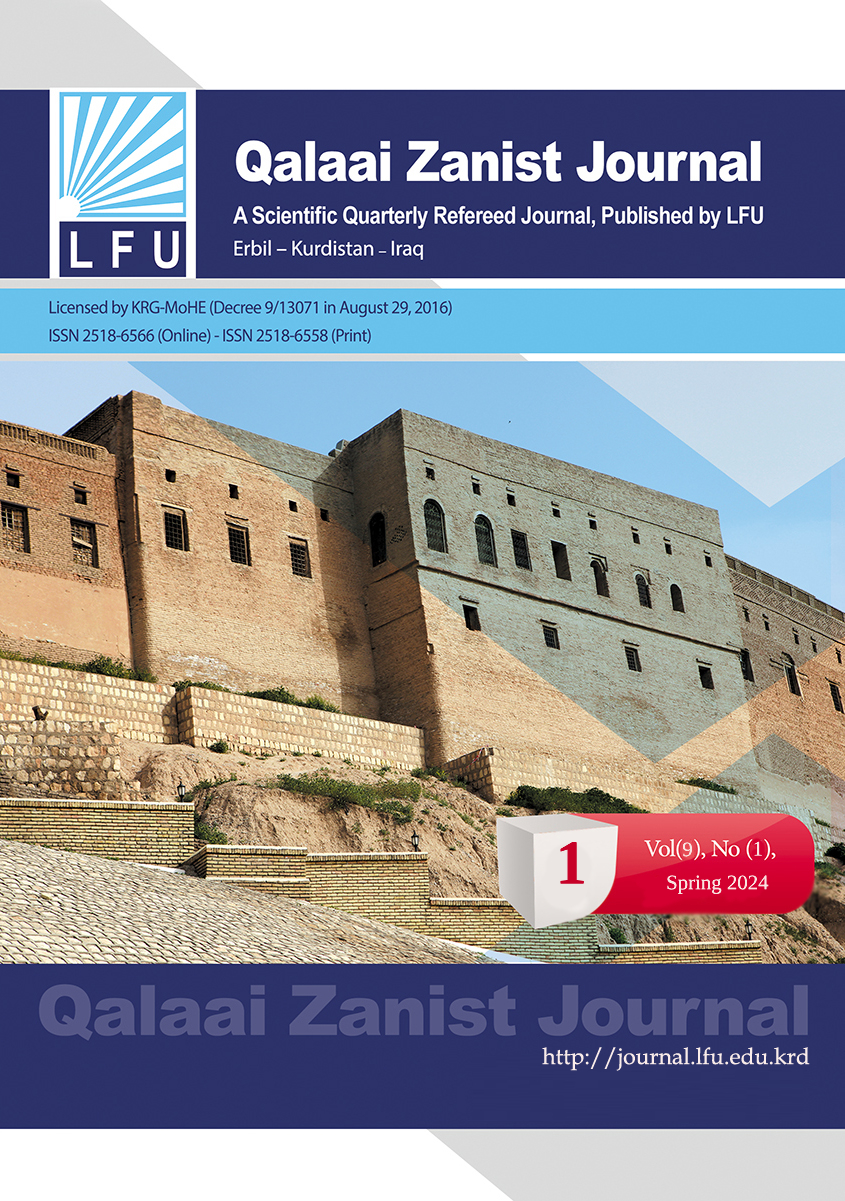The impact of the Administrative inventive on the effectiveness of organizational performance The case of part of Small and Medium Size (SME) enterprises in Erbil City
##plugins.themes.bootstrap3.article.main##
پوختە
This research investigates on the degree of availability of the components of administrative inventive, as well as to identify the ability of Small and Medium Size (SME) enterprises in the Erbil city to achieve effectiveness of organizational performance, and to identify the reality of the relationship to the components of administrative inventive represented here, innovation and intellectual fluency, flexibility, problem solving, and responsiveness to achieve advantage. Competitiveness, and to identify the extent of the change in the dependent variable effectiveness of organizational performance because of the change in the components of administrative inventive, and this was tested through the research hypotheses, and the research tool was prepared, and distributed to the sample consisting of (20) Small and Medium Size (SME) enterprises in Erbil.
The research concluded with a set of results, the most important of which is the high level of administrative inventive the field of achieving effectiveness of organizational performance obtained a high percentage, and it was also found that there was a direct relationship between the components of administrative inventive and the achievement of effectiveness of organizational performance. Statistical significance in the responses of the sample members about attributable to gender, job title, age, and field, while there are differences according to the years of service.
##plugins.generic.usageStats.downloads##
##plugins.themes.bootstrap3.article.details##
چۆنییەتی بەکارهێنانی سەرچاوە
Qalaai Zanist Journal allows the author to retain the copyright in their articles. Articles are instead made available under a Creative Commons license to allow others to freely access, copy and use research provided the author is correctly attributed.
Creative Commons is a licensing scheme that allows authors to license their work so that others may re-use it without having to contact them for permission





